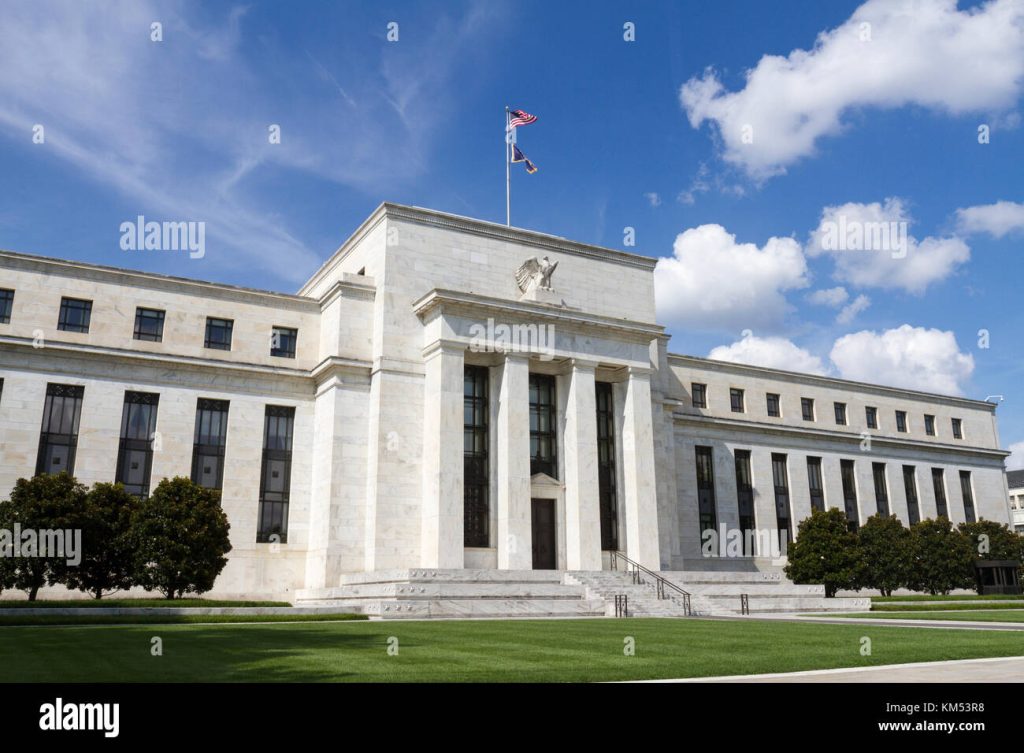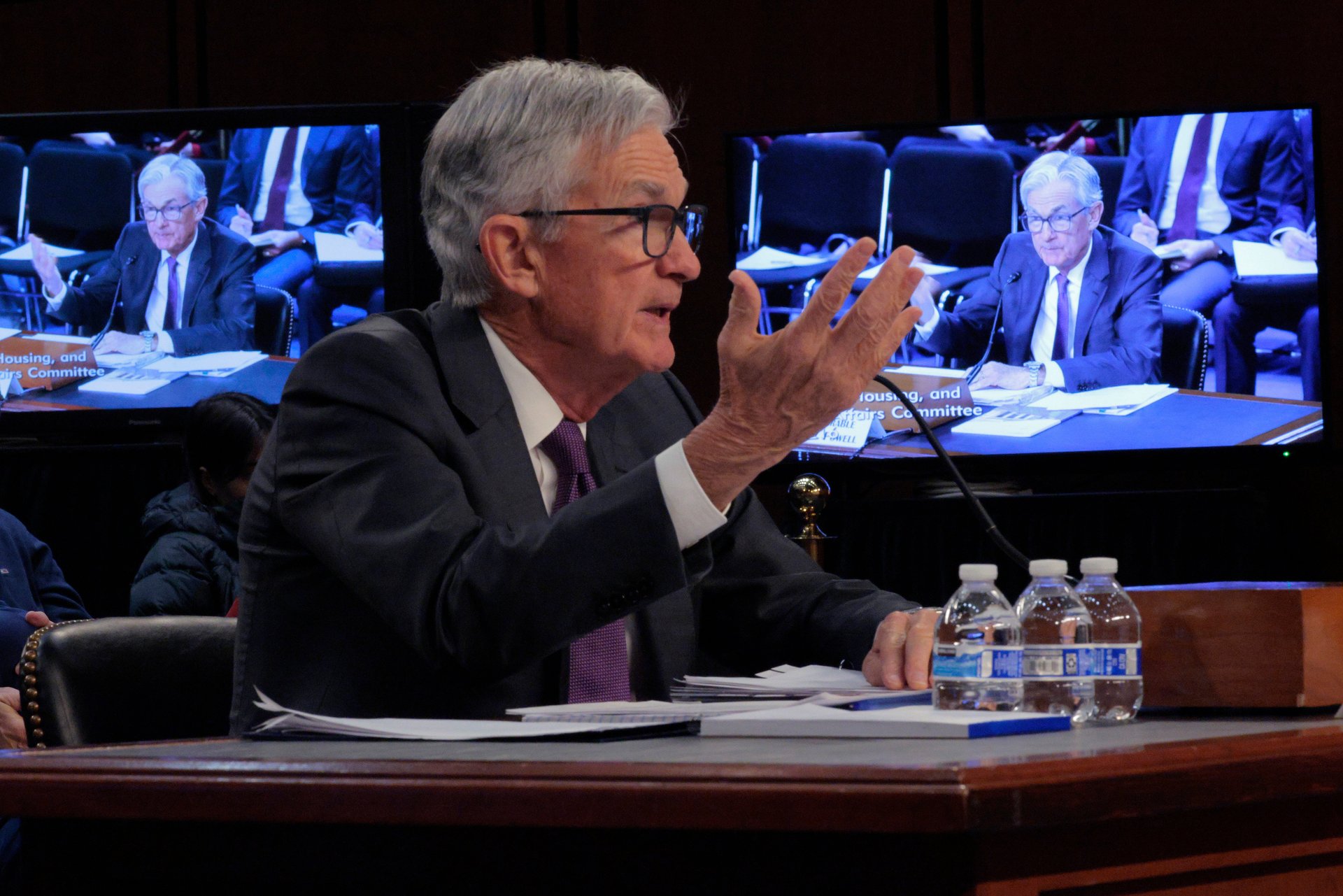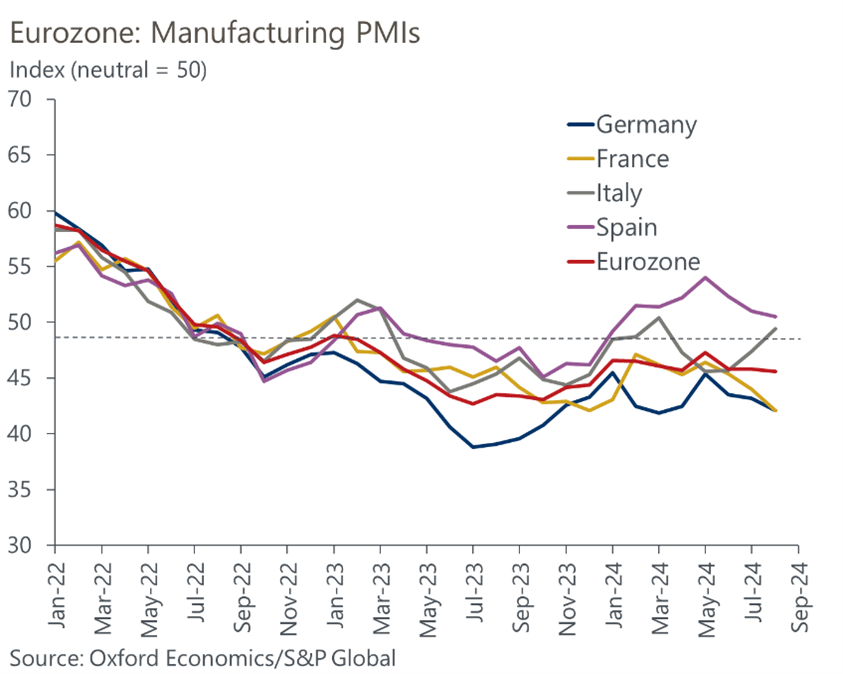FOMC:As we move through 2025, the Federal Open Market Committee (FOMC) finds itself at a critical juncture, navigating a complex economic landscape shaped by persistent inflation risks and an uneven recovery. Despite some improvement in overall economic uncertainty, the Committee remains cautious, reflecting internal divisions on the appropriate path for U.S. monetary policy. The expectation for the year ahead? No interest rate cuts, as inflation remains a dominant concern and economic growth has not slowed sufficiently to justify easing.

Federal Reserve’s Inflation Outlook Hardens
According to the latest FOMC minutes, Federal Reserve policymakers are more convinced than ever that inflationary pressures—particularly those stemming from trade tensions and tariffs—pose a significant threat to price stability. Although headline inflation may have cooled in recent months, core inflation remains sticky, influenced by wage growth, housing costs, and global supply chain disruptions.
This growing conviction has led to increased speculation around the Fed’s next move. However, most members agree that policy loosening would be premature. Instead, the Fed appears to favor a “wait-and-see” approach—an acknowledgment that while progress is being made, the path to a stable 2% inflation rate remains uncertain.
Internal Divisions Within the FOMC
One of the key takeaways from recent statements is the deepening divide within the FOMC. Some members advocate for maintaining higher rates for longer to ensure inflation is fully contained. Others point to lagging economic indicators and suggest a softer stance could be justified later in the year.
According to analysts at Brookings Institution, this division reflects broader uncertainties about the structural shifts in the U.S. economy, particularly in labor markets and consumer behavior post-pandemic.
No Rate Cuts Expected in 2025
Our economic outlook aligns with a growing consensus: the Fed is unlikely to implement interest rate cuts in 2025. Several factors support this view:
- Inflation remains above the Fed’s 2% target.
- Labor markets continue to show resilience, with unemployment hovering near historic lows.
- Consumer spending has not contracted significantly despite higher borrowing costs.
These indicators suggest the economy is absorbing current rate levels without significant stress. As such, any move to cut rates could risk reigniting inflationary momentum—a scenario the Fed is determined to avoid.
Market Implications and Investment Outlook
The absence of rate cuts in 2025 has profound implications for investors. Bond markets are adjusting expectations accordingly, while equity markets remain volatile amid concerns over tighter liquidity conditions. Sectors like real estate and consumer credit are particularly sensitive to interest rate policies and may face headwinds in the coming quarters.
Meanwhile, long-term investors may find opportunities in sectors less exposed to interest rate volatility, such as infrastructure and technology. Maintaining a diversified portfolio and closely monitoring the Fed’s communications will be essential.
Broader Economic Outlook and Policy Challenges
The current economic outlook presents a complex mix of challenges and opportunities for the Federal Reserve. While some sectors show signs of cooling, inflationary pressures continue to ripple across key areas such as housing, healthcare, and energy. This makes the FOMC’s task even more delicate. The Committee must weigh the risk of maintaining high interest rates for too long—potentially stifling growth—against the danger of loosening policy prematurely and triggering a resurgence in inflation. With global economic conditions also in flux, the FOMC’s decisions in 2025 will play a crucial role in shaping not just domestic stability, but international investor confidence as well. As a result, market participants are watching closely, anticipating every signal from the Fed about its evolving strategy.
Conclusion: A Cautious and Divided Fed
In summary, the Federal Reserve enters the second half of 2025 facing a balancing act between combating inflation and supporting economic growth. While uncertainty has somewhat diminished, the Fed’s inflation concerns have only strengthened. The FOMC remains divided, but the overarching message is clear: no rate cuts are expected this year.
For more in-depth analysis on U.S. economic policy, visit our Monetary Policy Updates page or read our latest report on U.S. Inflation Trends 2025.
Image source: Federal Reserve
Thanks for reading for more news visit our wesite africaciviclens.com





